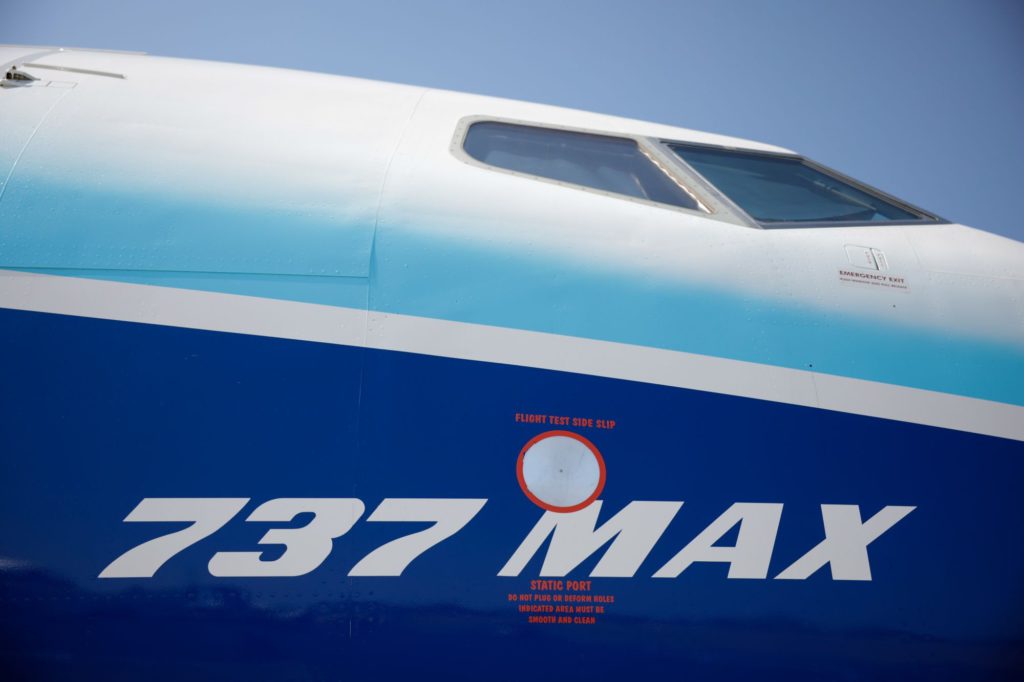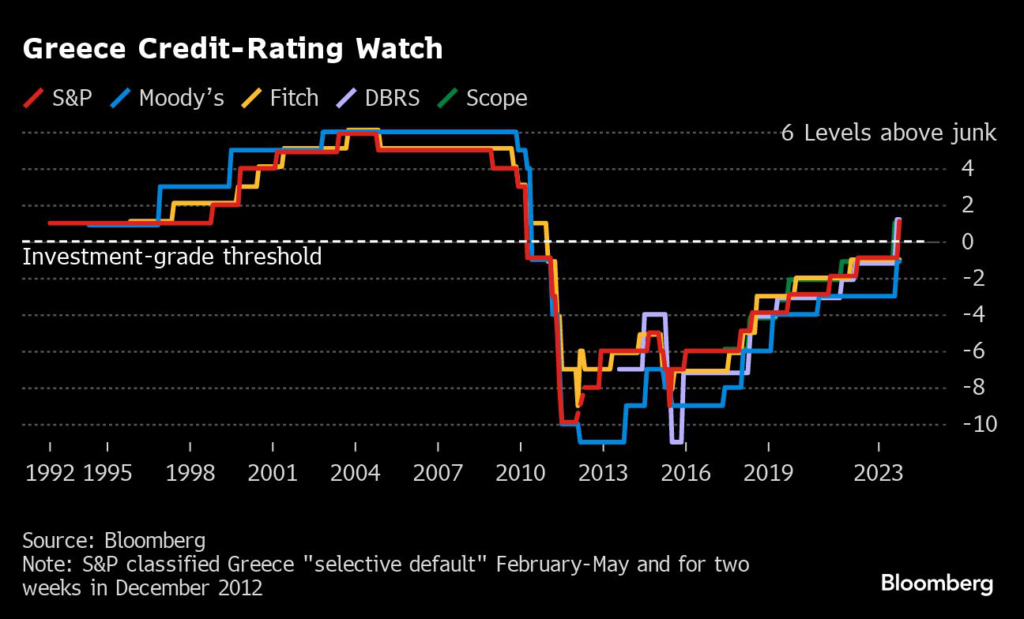(Bloomberg) — US lawmakers struck a deal to exempt two Boeing Co. 737 Max models from a new cockpit requirement set to take effect next week, a victory that will help the planemaker avoid an expensive redesign and potentially lengthy certification delays.
(Bloomberg) — US lawmakers struck a deal to exempt two Boeing Co. 737 Max models from a new cockpit requirement set to take effect next week, a victory that will help the planemaker avoid an expensive redesign and potentially lengthy certification delays.
The controversial provision was added to the Congressional spending bill released early Tuesday morning. The bipartisan legislation is likely to pass within days, giving Boeing a boost as it attempts to finalize approvals of the two remaining models of its best-selling aircraft family.
Shares of Boeing rose 1% at 9:54 a.m. in New York.
The measure requires the company to retrofit all Max models within three years with safety features that were recommended by European and Canadian regulators after two fatal Max crashes in 2018 and 2019. But the Max 7 and Max 10 models will be exempt from having to add a more modern cockpit alerting system. Boeing must also pay for the costs of the retrofit.
Senator Maria Cantwell crafted the compromise late last month as the Dec. 27 deadline approached. Cantwell, the chair of the Commerce, Science and Transportation Committee, is from Washington state, where the 737 Max is manufactured.
Read more: US Lawmakers Near Compromise on 737 Max Certification
“We should not rush the FAA’s safety approval process,” Cantwell said in an emailed statement.
The concession on the cockpit alerting system was opposed by family members of crash victims and some legislators. It received a boost in recent weeks as unions representing Boeing workers weighed in and the White House took greater interest, according to a person familiar with the issue who asked not to be named describing the sensitive negotiations.
Boeing and key customers such as United Airlines Holdings Inc. Chief Executive Officer Scott Kirby say the Max is safe with its existing emergency alerting system and requiring changes to two of the four models would create potentially confusing differences for pilots.
Grace Period
A requirement for improved cockpit alerts was part of aviation safety legislation passed in 2020 after the Max crashes killed 346 people. Upgraded models of older aircraft, such as the 737, were required under that law to have modern alerting systems, but the Max 7 and Max 10 were given a two-year grace period. Neither model was on pace to meet that deadline in part due to delays in completing new safety reviews.
The Federal Aviation Administration has said that it would have to halt certification reviews on all aspects related to crew alerting if the law isn’t changed. That would include a broad array of emergency scenarios and failures.
Additional safety measures in the spending bill include a mandate that Boeing upgrade sensors that measure whether a plane’s nose is pointed above or below the oncoming air. A so-called angle-of-attack sensor failed in both accidents, contributing to the crashes.
It would also require that pilots be given an easy way to silence certain erroneous alarms, which were seen as distracting during the accidents.
–With assistance from Erik Wasson.
(Updates with language in bill, background from first paragraph)
More stories like this are available on bloomberg.com
©2022 Bloomberg L.P.










